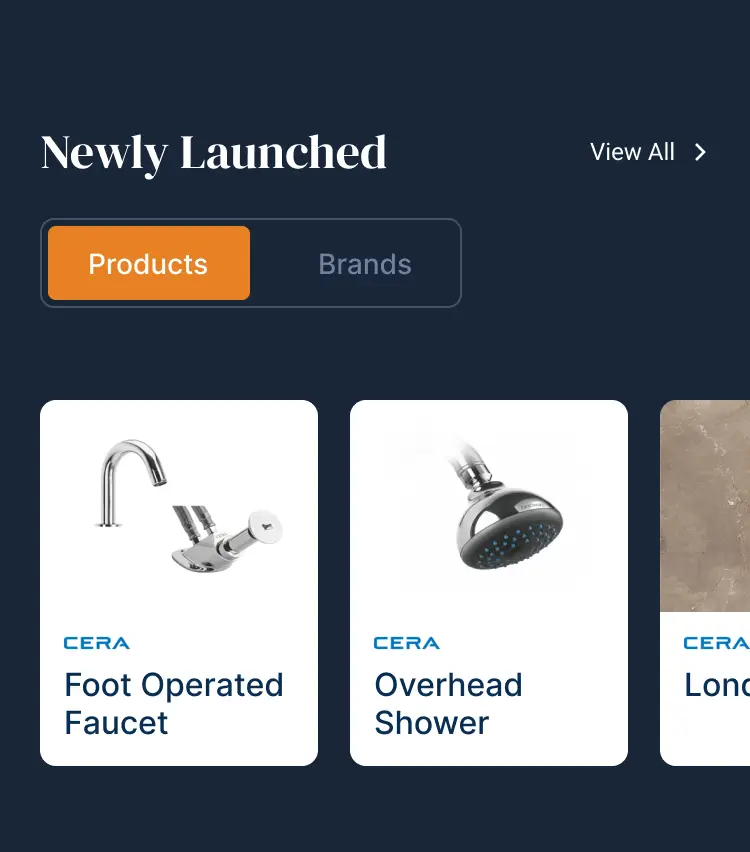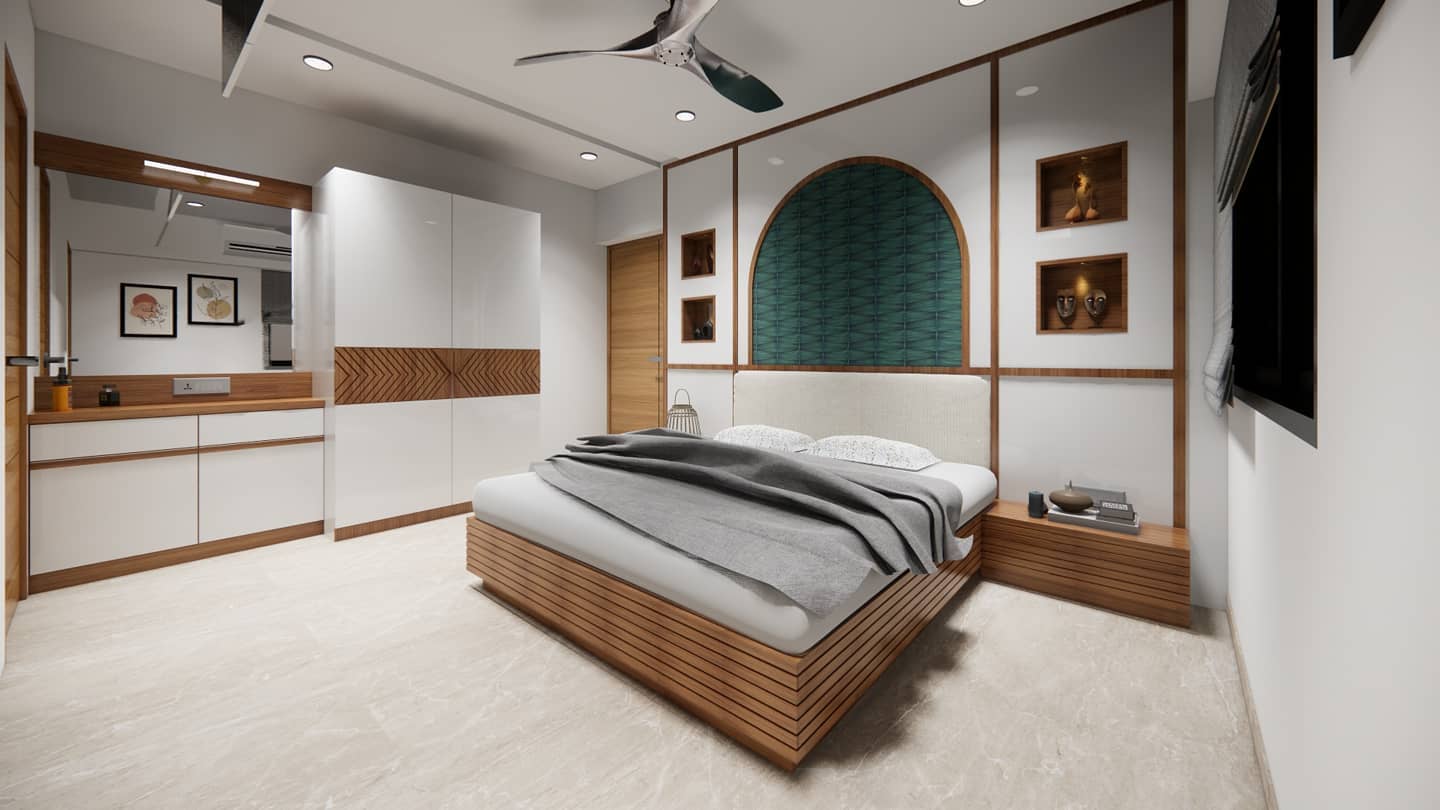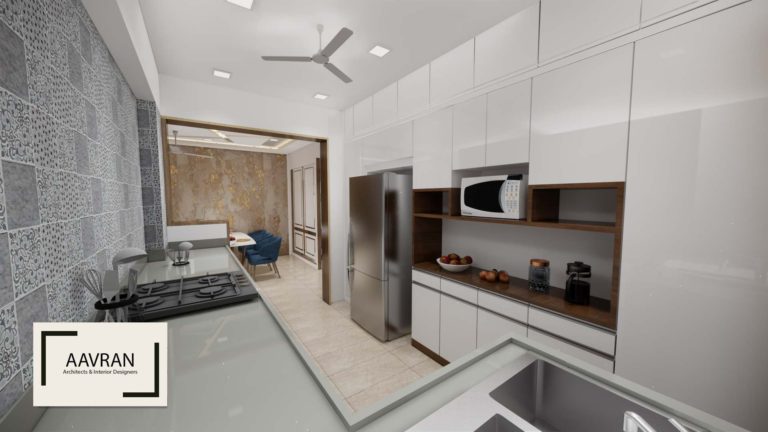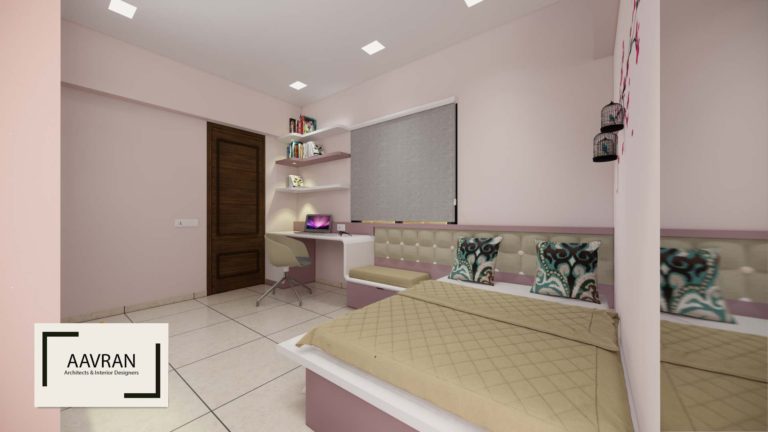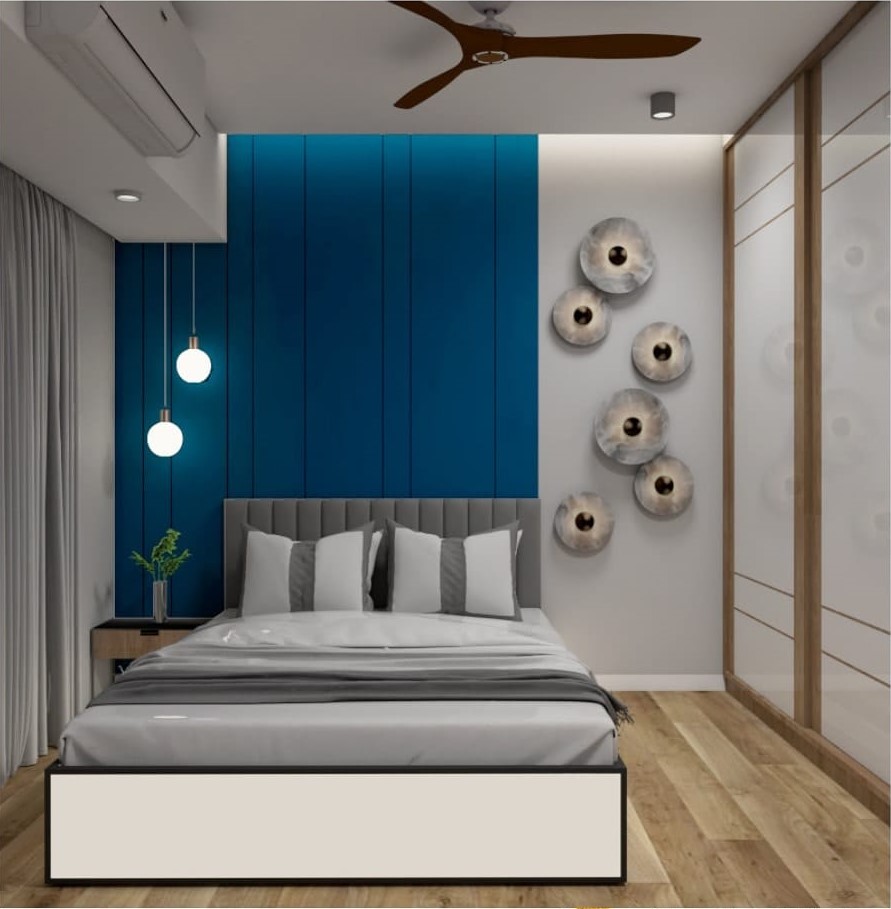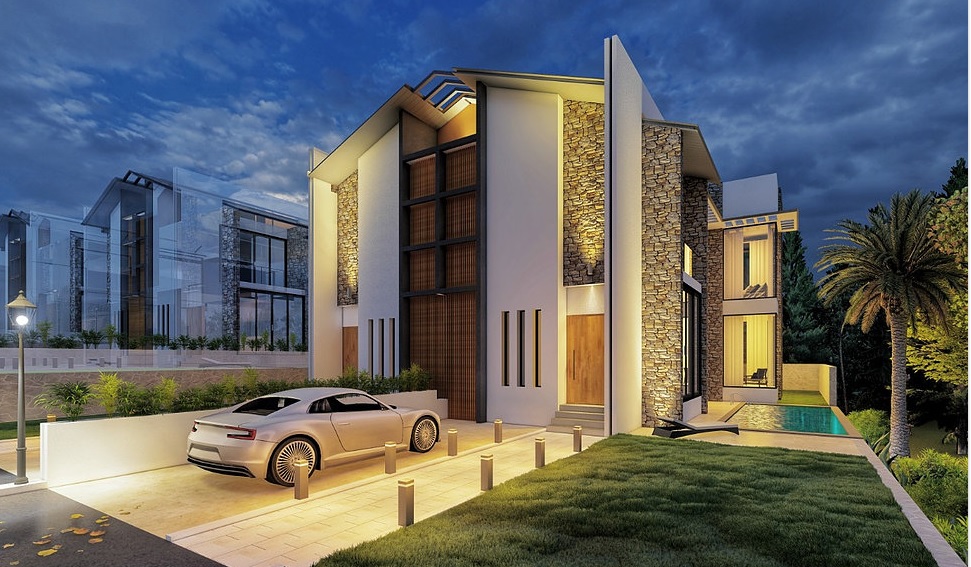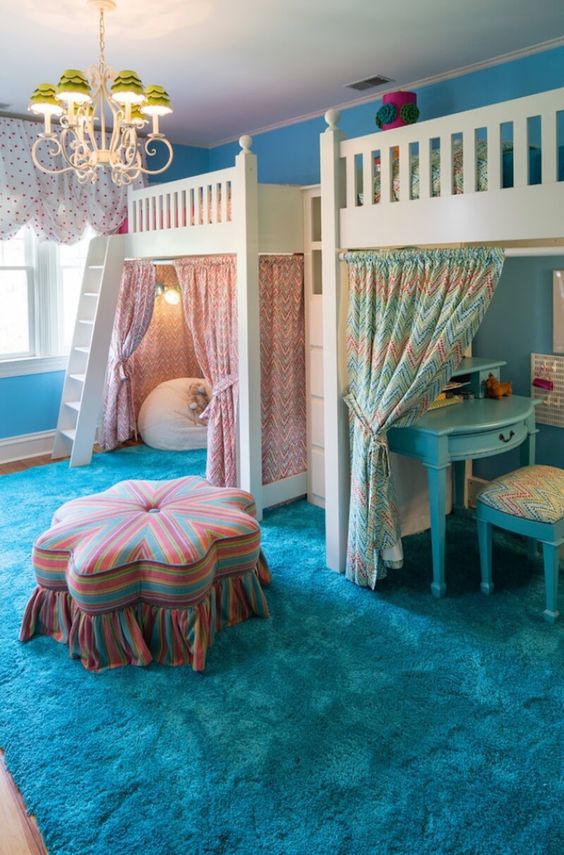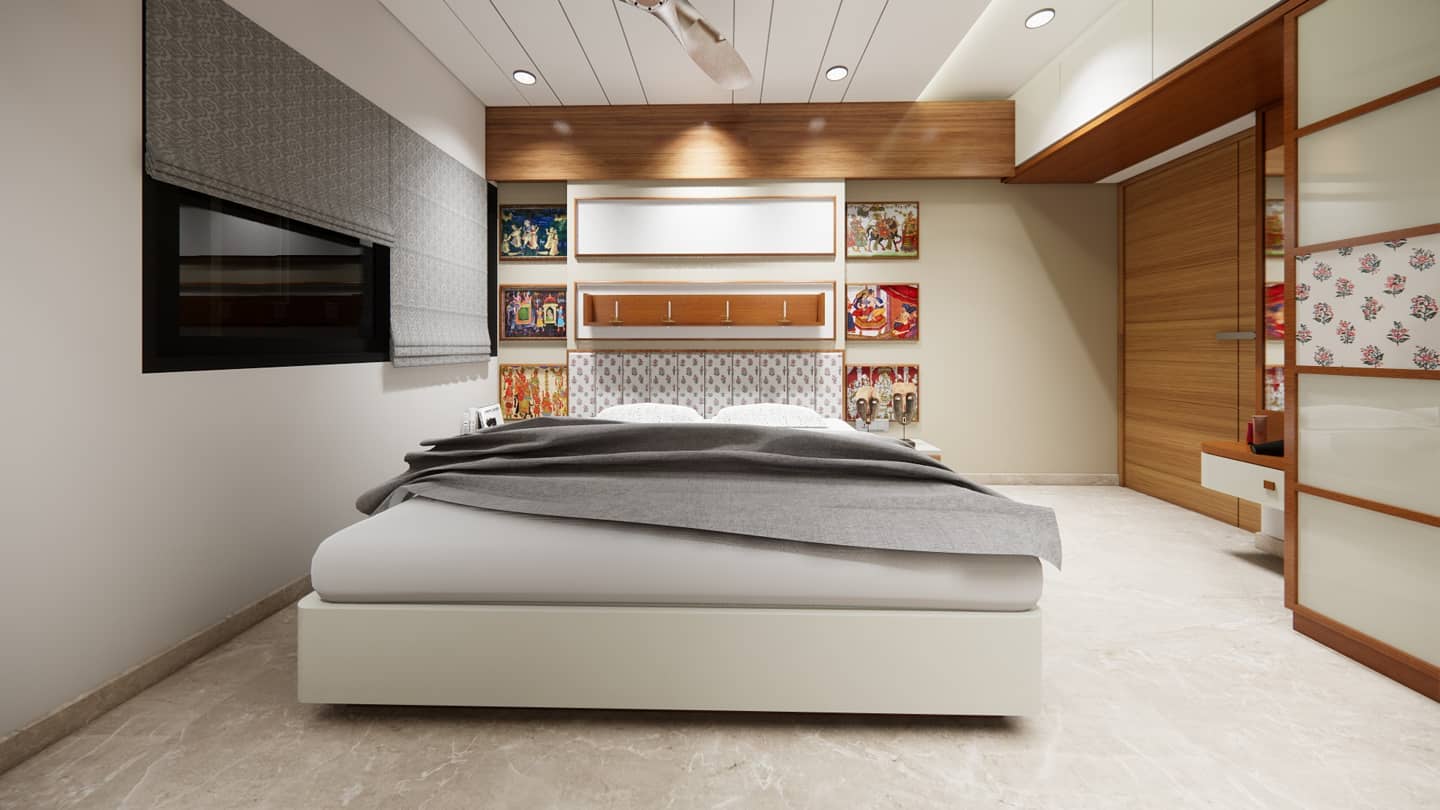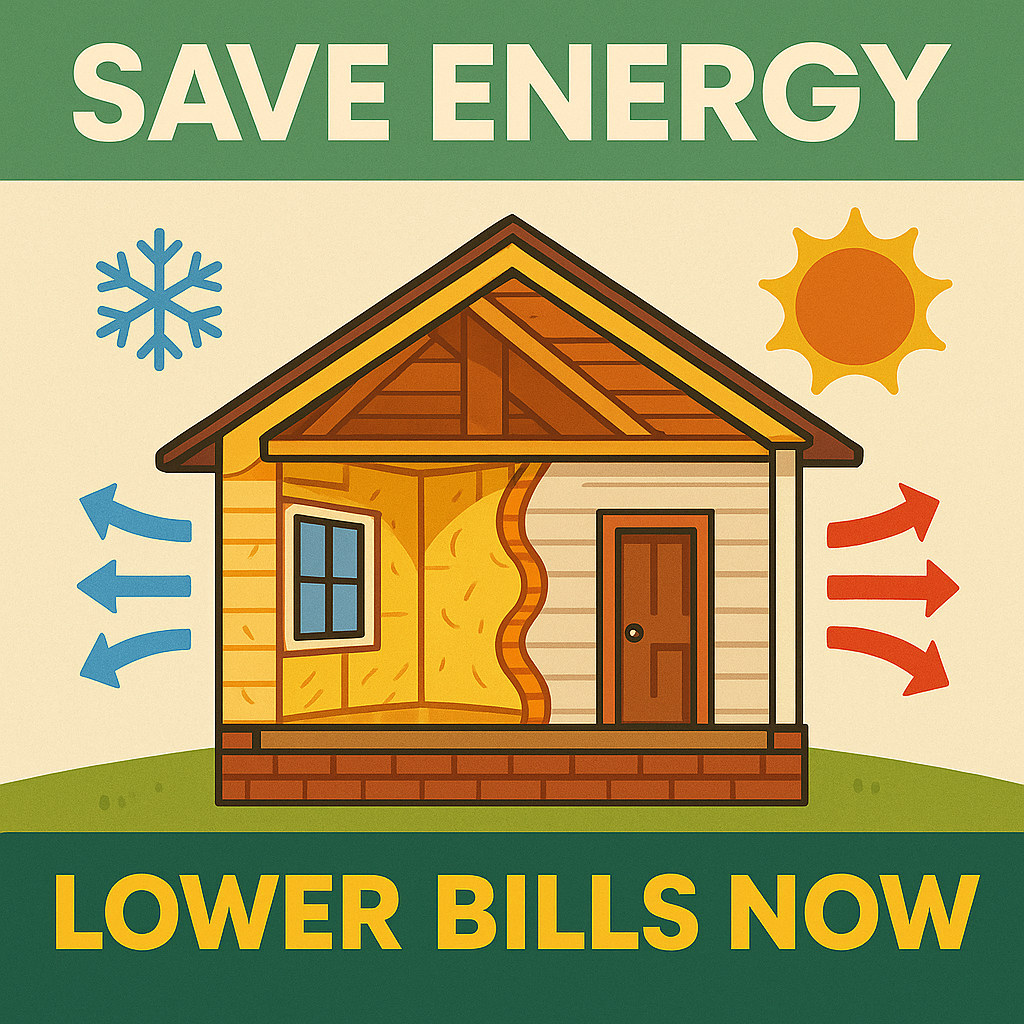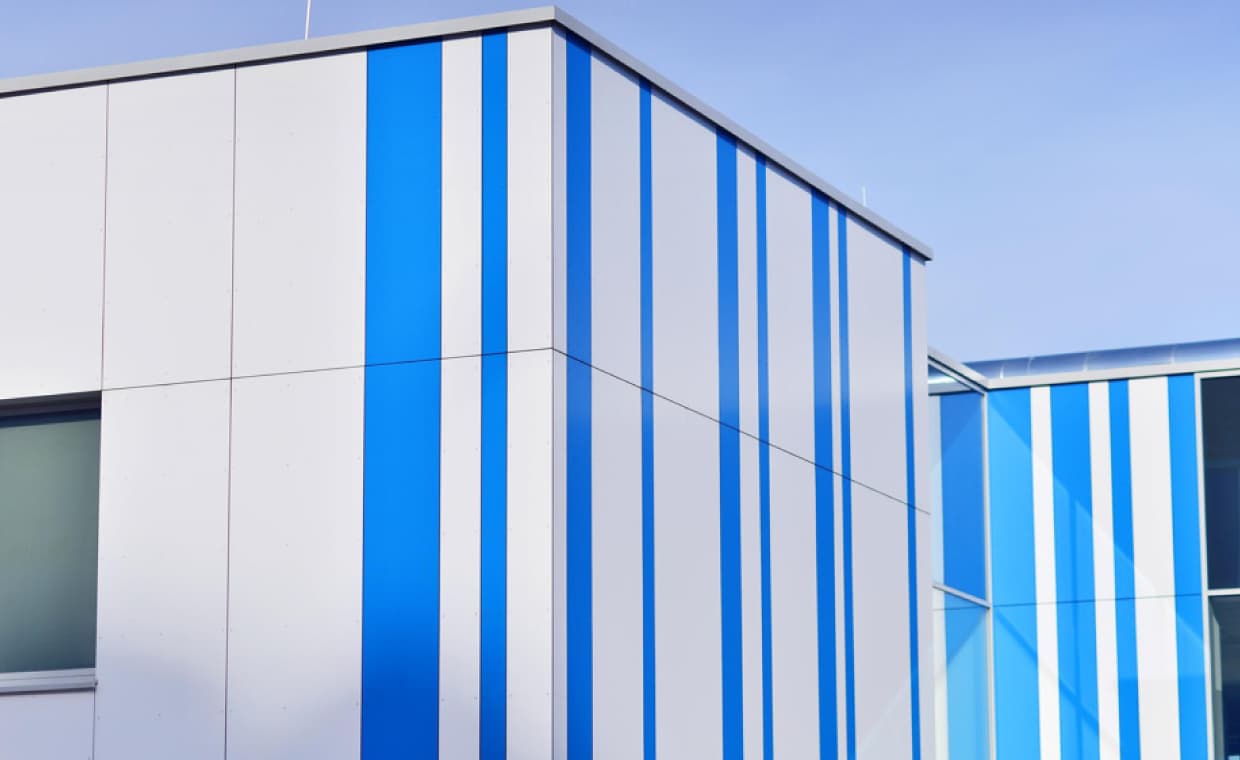
Table of Contents
Quick Overview
Here is the quick overview on aluminium composite panels:
- Aluminium composite panels are modern, lightweight building materials which is made up of two aluminium sheets bonded with a thermoplastic core.
- They are mostly used in cladding, facades, partitions, and signage due to their easy installation, thermal insulation and design versatility.
- Aluminium composite panels come in different core types such as LDPE, fire-retardant and mineral-filled, finishes like glossy, mirror and matte, and based on applications such as exterior, interior and signage use.
In recent years, there is a rapid evolution in construction materials with the advancement of technology and growing interest in sustainability. Today, construction professionals are looking for the option which give perfect mixture of design, strength and efficiency. With these things in mind, aluminium composite panels are gaining popularity among innovative building materials. Aluminium composite panels are widely used in in ACP facade designs and ACP cladding applications, becoming essential materials in modern architecture.
In this blog, we will discuss about brief information on aluminium composite panels including their properties, pros and cons, their applications and sustainability.
What are Aluminium Composite Panels (ACP)?
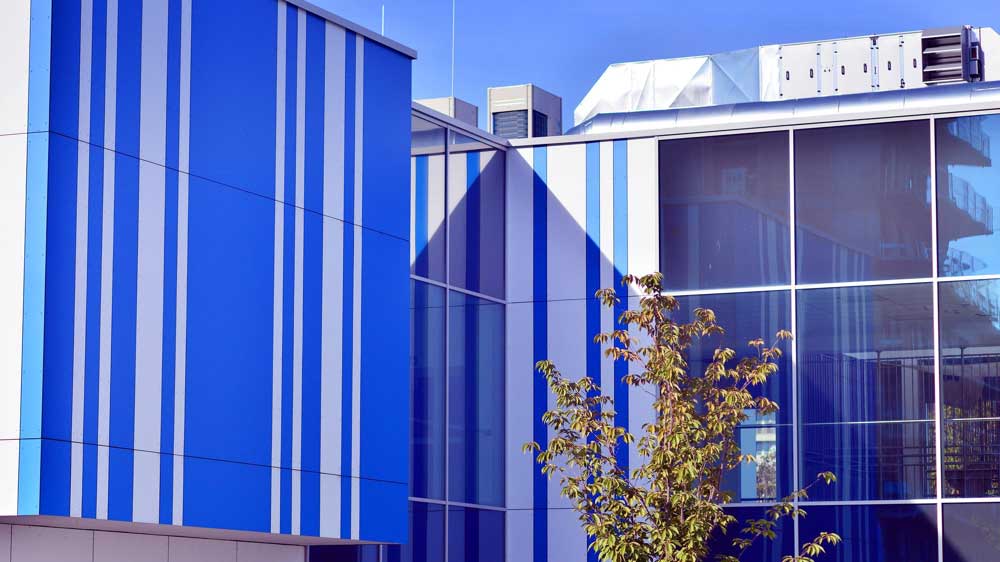
Aluminium composite panels (ACP) are made of two aluminium sheets, bonded to a non-aluminium core material. The core material is usually a non-combustible thermoplastic. Due to the thermoplastic core, it has good insulating property, and thus protects the interior of the home from outside temperature. These composite sheets come in smooth finish and in various designs and colours, such as wood, stone, metal, etc. Aluminium composite panels are available in panels of standard size of 2440 mm X 1220 mm. According to International Journal of Engineering Trends and Technology (IJETT), the thickness of panels ranges from 3 mm to 6 mm. However, customised sizes are also supplied according to your requirements.
Properties of Aluminium Composite Panels
- Lightweight: This is one of the most important properties of aluminium composite panels. Due to its less density, it is easy to work with and hence can be easily installed.
- Earthquake Resistant: As it has less weight, aluminium composite panels are less likely to fall during shaking.
Also Read:
How Configuration of the Building Affect During Earthquakes?
- Thermal Insulation: The thermal conductivity of aluminium composite panel is 0.15 -0.1 W/m/ 0K, and hence they have good thermal insulation.
- Water-Resistant: Proper waterproofing has to be done; otherwise, panels may become weak against rain and humidity.
- Resistance Against Ultra-Violet Rays: Aluminium composite panels do not have good resistance against UV rays, hence fading of colour occurs after a certain period of time. Thus, it will start losing its shine after few years.
- Fire-Resistant: They have less resistance against fire and may burn in extreme cases of fire. However, nowadays fire-rated panels are available which are chemically treated.
Also Read:
10 Most Common Causes of Fire in Home
- Maintenance and Cleaning: They are easy to maintain and clean. Periodical dusting of panels is required for maintenance.
- Durability: The panels have to be replaced after 20 years.
Types of Aluminium Composite Panels
Based on Core Type:
1. Low-Density Polyethylene (LDPE)
This type of ACP sheets made of low-density polyethylene material as a core which provides insulation and soundproofing. It is most suitable for cladding and signage.
2. Fire Retardant (FR)
Fire retardant aluminium composite panels are designed to meet fire safety standards. As the name suggest, it is made of fire-resistant core material which makes it good choice for high-rise buildings.
3. Non-Combustible Mineral Core – A2 Grade
This aluminium composite panels uses mineral-filled core, which offers fire-resistance compared to LDPE core ACP.
Surface Finish
1. Glossy
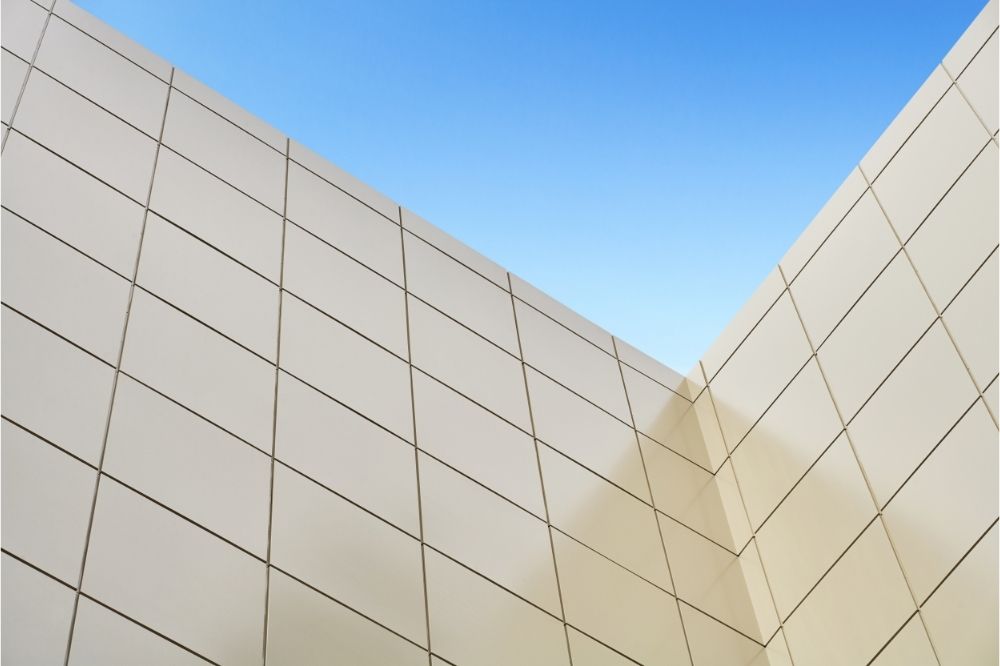
This ACP sheets give a reflective and shiny surface which is often used for modern and sleek designs.
2. Matte
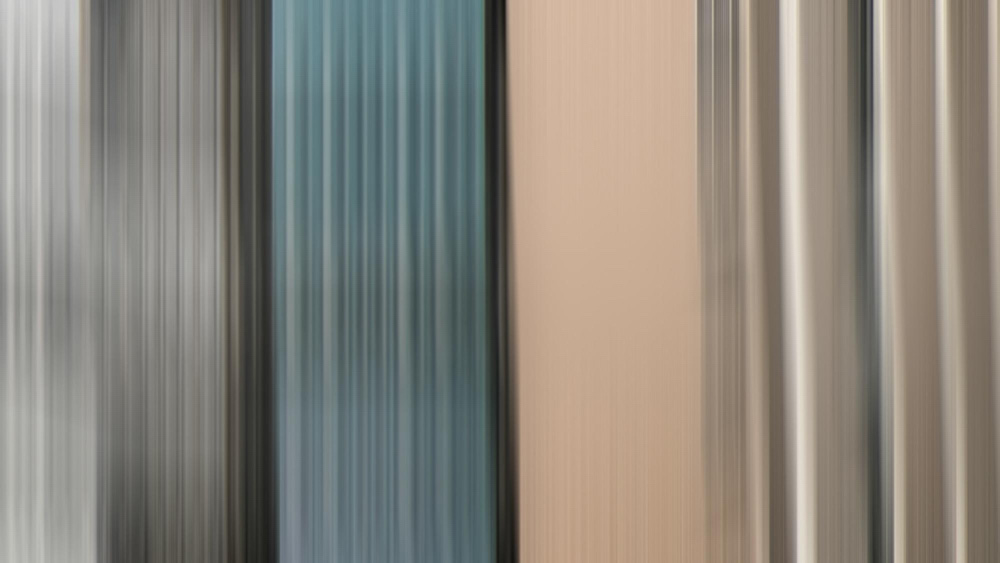
Matte finish aluminium composite panels offer a non-reflective and smooth surface. It provides a more subtle and understated look.
3. Brushed

This ACP sheets have textured and linear pattern which is made up using brushing aluminium surface. Brushed aluminium panels mostly used as a decorative facade, cladding and partition.
4. Mirror

Mirror finish ACP sheets are made using mirrored effect and often used for decorative purposes. It is used in signage and home interiors.
Application-Based
1. Exterior Grade ACP
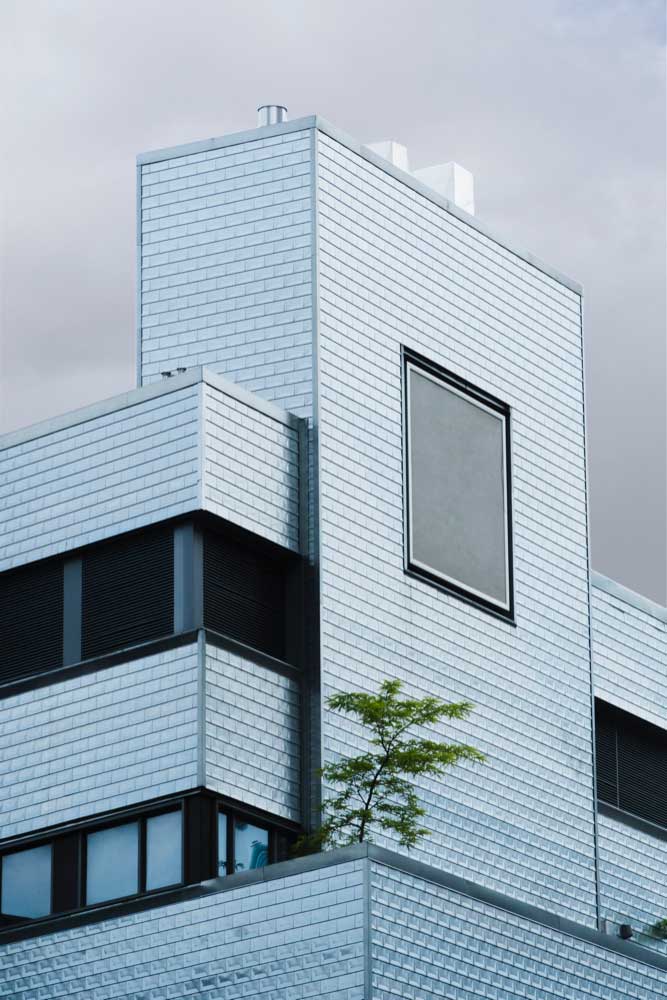
Exterior grade aluminium composite panels are durable and weather resistant with strong core which can withstand outside weather condition. It is often used in cladding, overhangs, soffits and other exterior applications. ACP sheets are ideal for aluminium cladding.
2. Interior Grade ACP
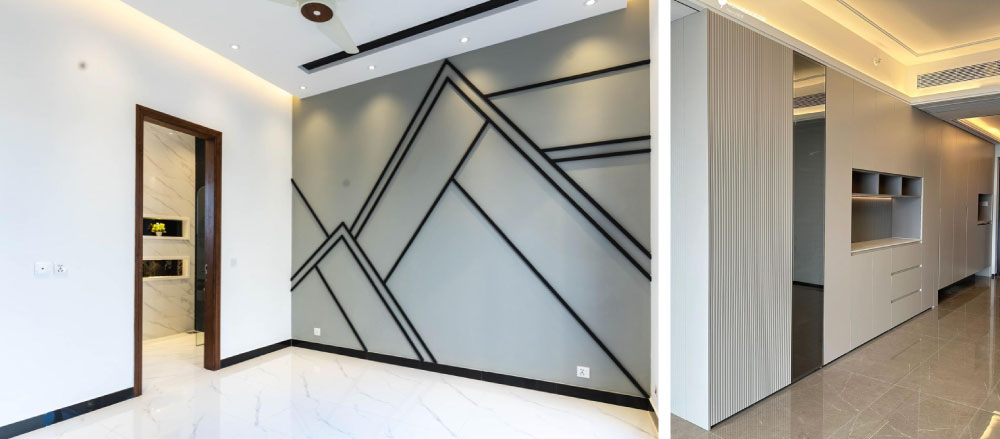
Interior grade ACP sheets are lightweight. This type of aesthetic panels come with a variety of colours, patterns, and textures for home decoration. It is used in partition, false ceiling, wardrobe, wall panels and more.
3. Signage Grade ACP
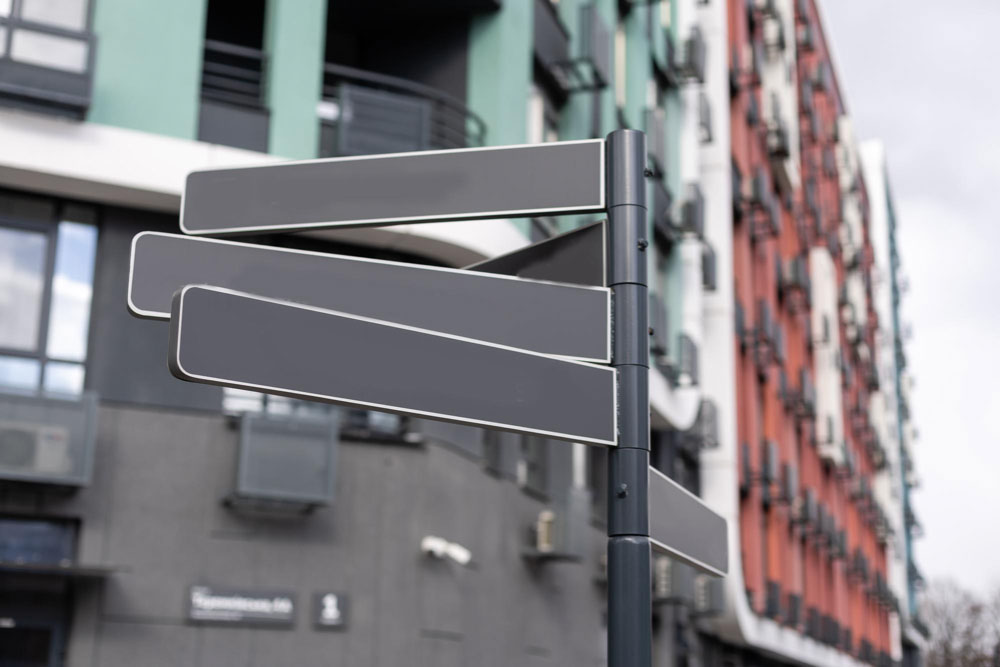
This ACP sheets are popular for outdoor signage, POP, fascia and advertising, etc., due to their weather resistance, durability and fabrications.
Advantages of Aluminium Panels
- Aluminium composite panels are less expensive as compared to other cladding materials, which makes it a popular choice for cladding.
- It is available in a variety of colours and designs.
- As, it is light in weight, it can be easily installed, without much difficulty.
- Resistance against earthquake is one its major advantage as compared to other heavy cladding materials.
- Its good thermal insulation property helps in saving energy by insulating the interiors from outside temperature.
- Aluminium composite panels are termite resistant unlike wood cladding.
Also Read:
Make Your Home Termite Free with These Termite Prevention Tips!
- After its life is over, the aluminium can be recycled again, hence making it sustainable and green material.
Disadvantages of Aluminium Composite Panels
- Aluminium composite panels must be waterproofed properly; otherwise, water during rains may penetrate through them causing ruining of the interior paint.
- They are susceptible to dents and deformations during storms or hurricanes.
- They have less resistance towards UV rays and hence the colour may fade away over a certain period of time, and they may loose its initial shine.
Applications of Aluminium Composite Panels
Architecture and Construction:
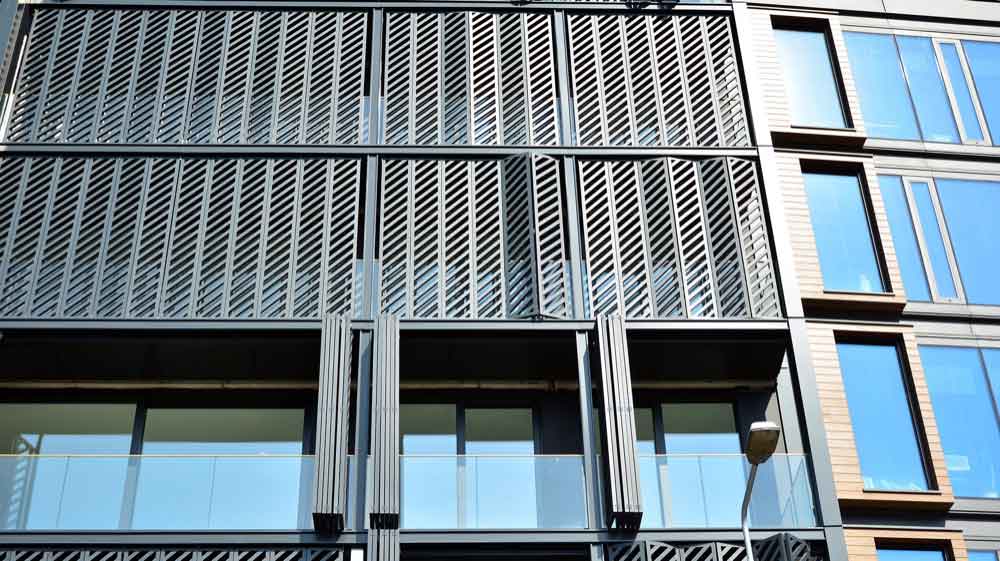
Aluminium composite panels are widely used in facades, partitions, wall cladding and roof as they are light weight and durable. For more information here’s a step-by-step ACP installation video that shows how these panels are applied in real projects.
Transportation:
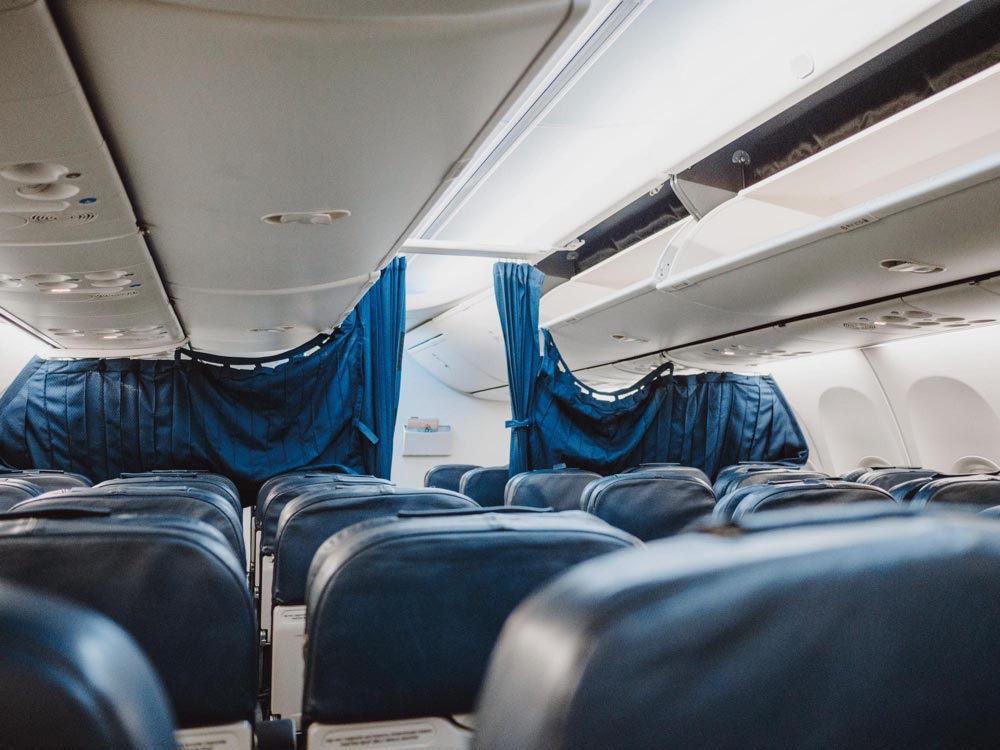
ACP sheets are mostly used in transportation to make trains, buses and aircraft interiors due to their lightweight properties.
Signage:
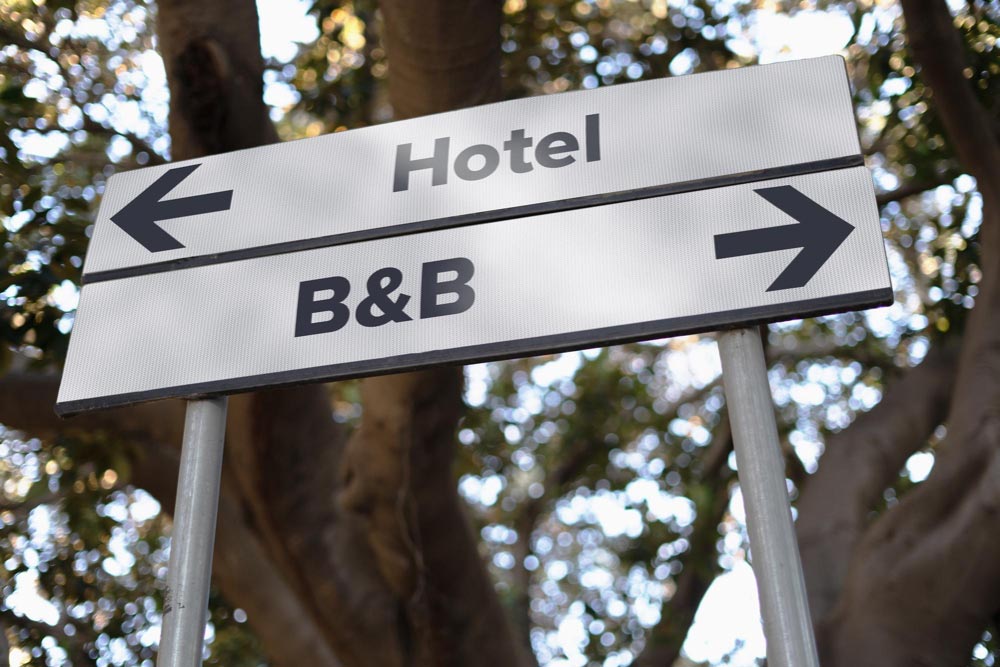
ACP is an ideal material for making signs and billboards such as outdoor signs, exhibition displays, and illuminated signs due to its versatility, lightweight, and durability.
Cabinets:
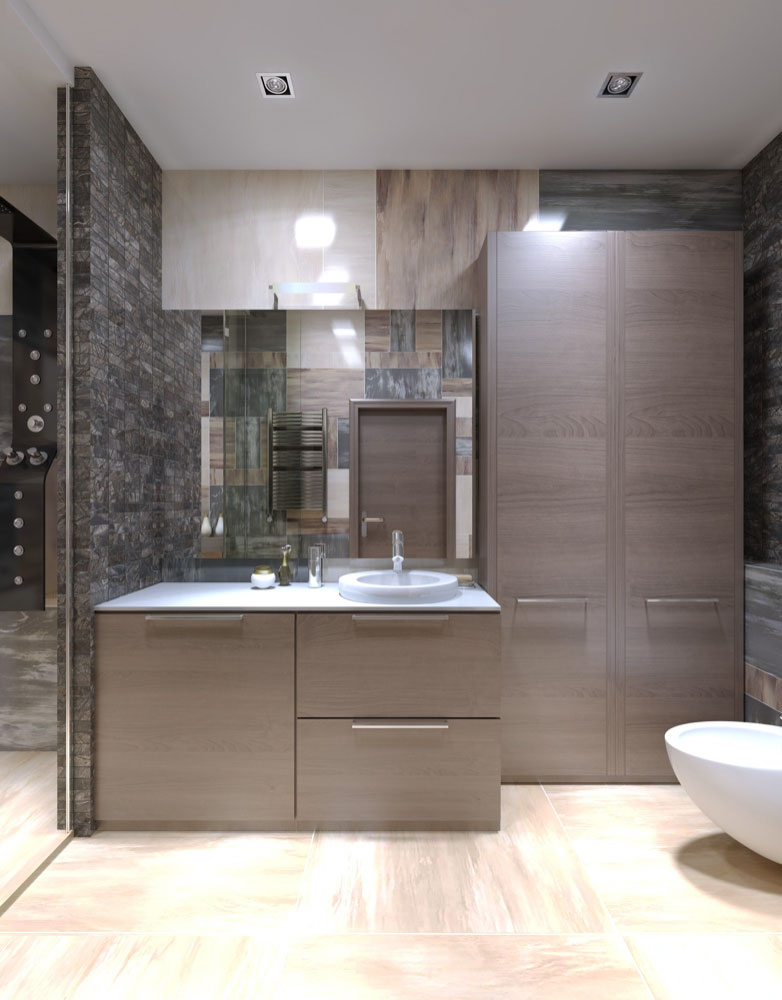
Aluminium composite panels are good choice for kitchen and bathroom cabinets as they are resistance to moisture, stains and chemicals. ACP are easy to clean and maintain.
Sustainability of Aluminium Composite Panels
Aluminium is sustainable material as it is 100% recyclable, without affecting its quality. As per the International Journal of Engineering Trends and Technology (IJETT), Aluminium Composite Panel (ACP) which are used in the building has energy saving systems, air tightness, solar heating and photovoltaics.
Conclusion
Aluminium Composite Panels (ACP) material offers an ideal balance between aesthetics, durability and functionality making them the preferred choice for ACP facades, ACP cladding, and other architectural applications. Designers can explore new creative possibilities without sacrificing efficiency or sustainability by using ACP sheets. This is the complete option for highest quality project that respect the environment.
Also Read:
Comparison of Cladding Materials: Select The Right Option For Your Home!
Membrane Finish of Modular Kitchen: All You Need To Know
FAQs on Aluminium Composite Panels
1. What are the Different Core Materials used in Aluminium Composite Panels?
The most common core materials that are used to make ACP sheet are polyethene, mineral-filled cores, and fire-resistant ones.
2. How Long do Aluminium Composite Panels Last?
Aluminium Composite Panels can last upto 20 to 30 years.
3. Are Aluminium Composite Panels Recyclable?
Yes, aluminium composite panels are recyclable and can be reused in other applications too.
4. How to Clean ACP Sheet?
Mixing mild detergent and water, paired with a soft cloth or sponge, does wonders. But remember that you must avoid abrasive materials to prevent any damage to the surface.
References
IJETT (2018). Aluminium Composite Panel as a Facade Material. International Journal of Engineering Trends and Technology, 55(2), pp.215–220. Available at: http://ijettjournal.org/2018/volume-55/number-2/IJETT-V55P215.pdf




